Family estates can be as dull as a loaf of sliced white, but this bargain bustin’ Seat Leon packs some serious intent beneath its yeasty, muscular wheel arches.
It’s not just good-looking, either, it’s also sharp, well-rounded and efficient, and this wagon bests the hatch for practicality and spaciousness for very little extra outlay on the used car forecourts.
The base engine is a 1.0-litre petrol, badged 1.0 TSI 110, and don’t rule it out. It pulls well enough from low revs and doesn’t struggle to keep up with faster-moving traffic. That said, you’ll likely appreciate the extra punch of the 128bhp 1.5-litre petrol, badged 1.5 TSI 130 – it’s a lovely engine. There’s also a 148bhp version of the same 1.5-litre engine, badged 1.5 TSI 150, and a 187bhp 2.0-litre, badged 2.0 TSI 190. Mild-hybrid versions of the 1.0 and 1.5 TSI are also available, but there are no diesel options.
At the top of the range there’s an eco-friendly plug-in hybrid (PHEV), creatively named the e-Hybrid. It uses a 1.4-litre petrol engine with an electric motor that bumps up power to an impressive 201bhp.
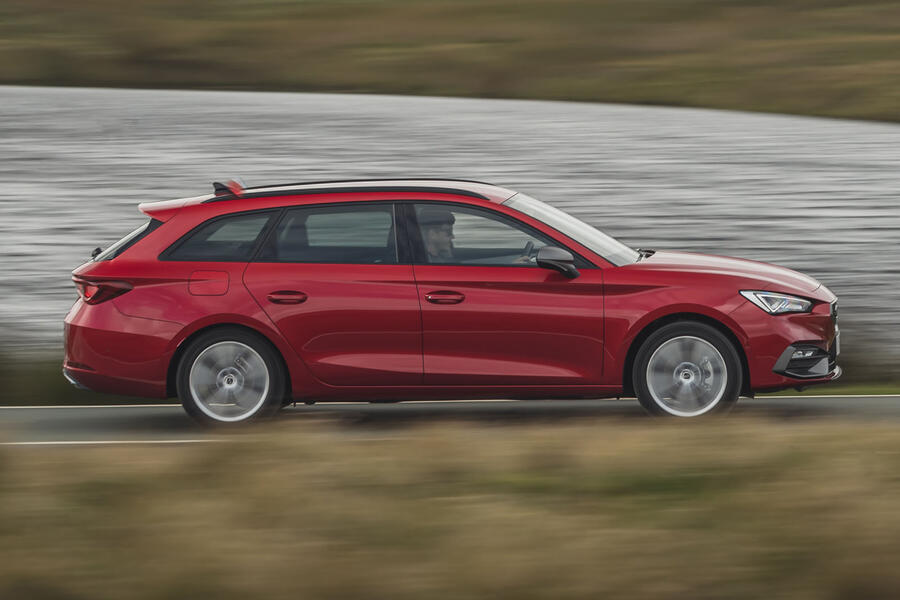
Trim-wise, you can pick between relatively modest SE or SE Dynamic trims, the more extrovert styling and sportier driving manners of the FR versions or the more luxury-focused Xcellence.
Entry-level SE trim is surprisingly well-equipped. You get 16in alloys, air conditioning, keyless start and cruise control as standard. Step up to SE Dynamic and, in addition to various infotainment upgrades, buyers will also enjoy front parking sensors, larger 17in alloy wheels and tinted rear windows.
FR trim plays to the Leon’s strengths, with its standard sports suspension making it great fun through the bends. You get more goodies than you do with SE Dynamic trim, including an auto-dimming rear-view mirror, rain-sensing wipers and climate control.

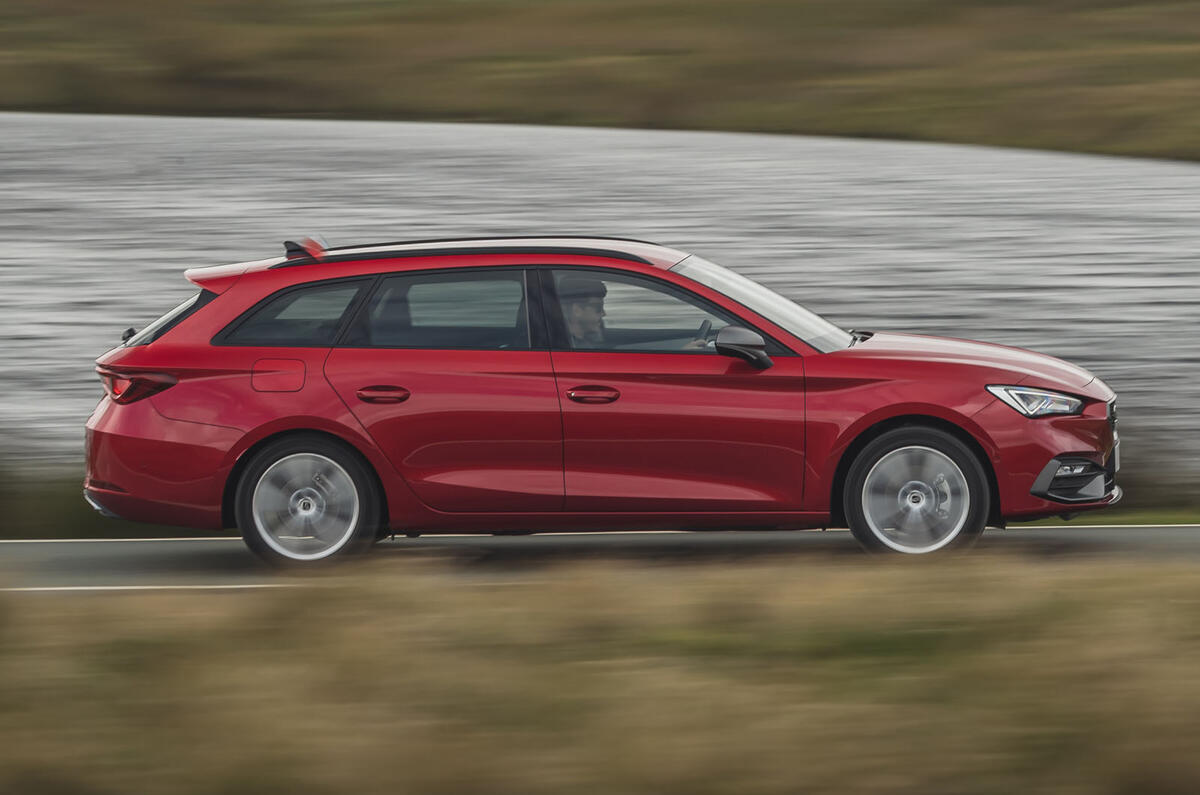

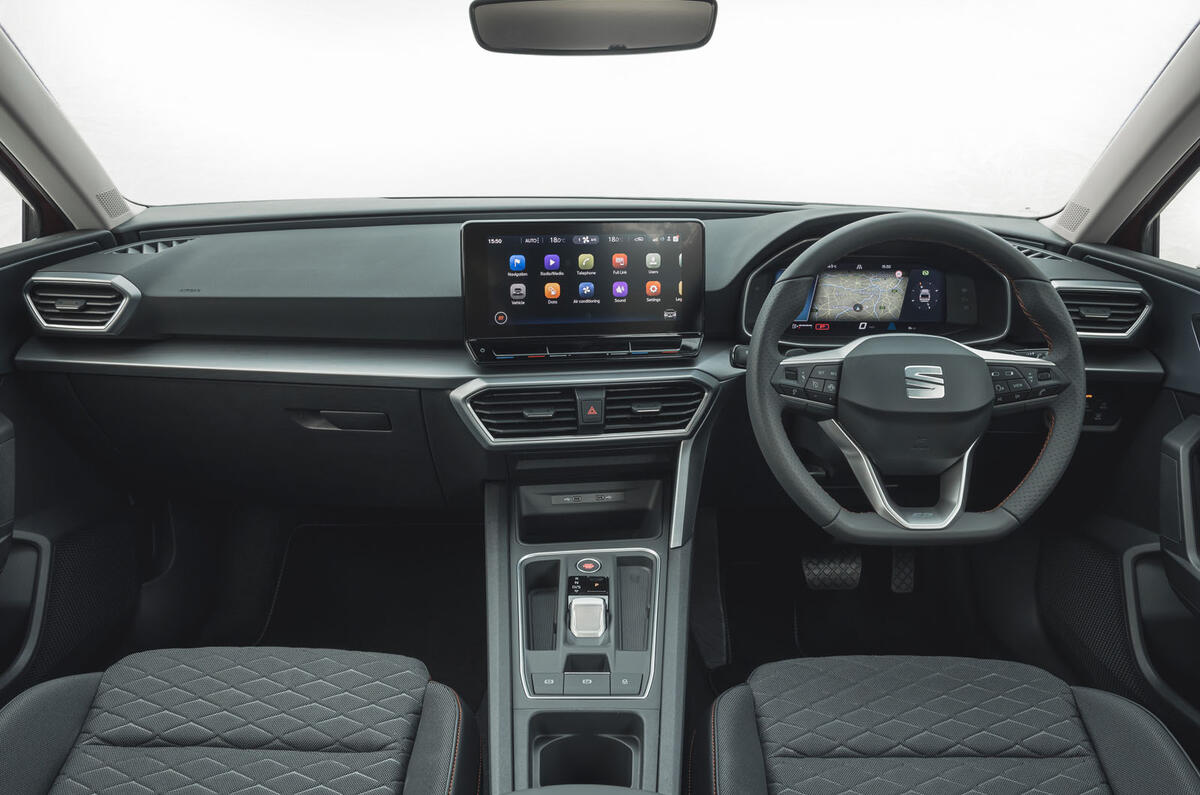
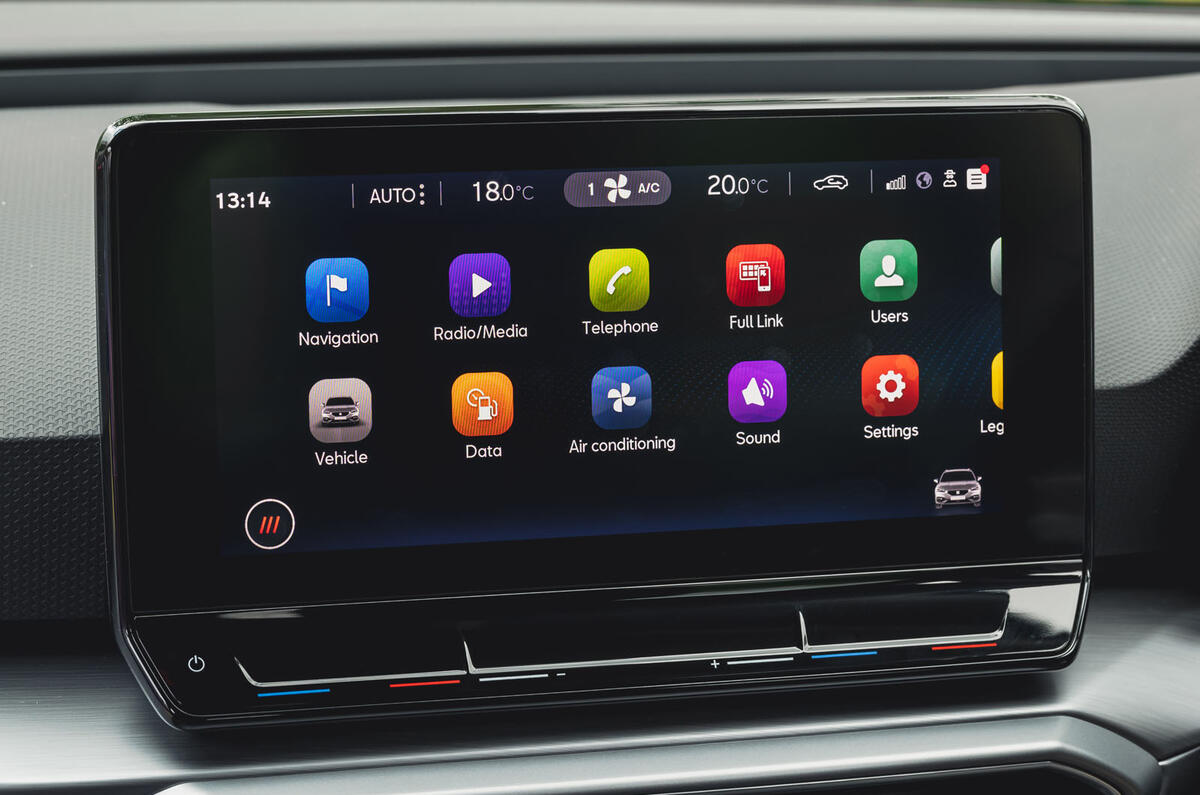
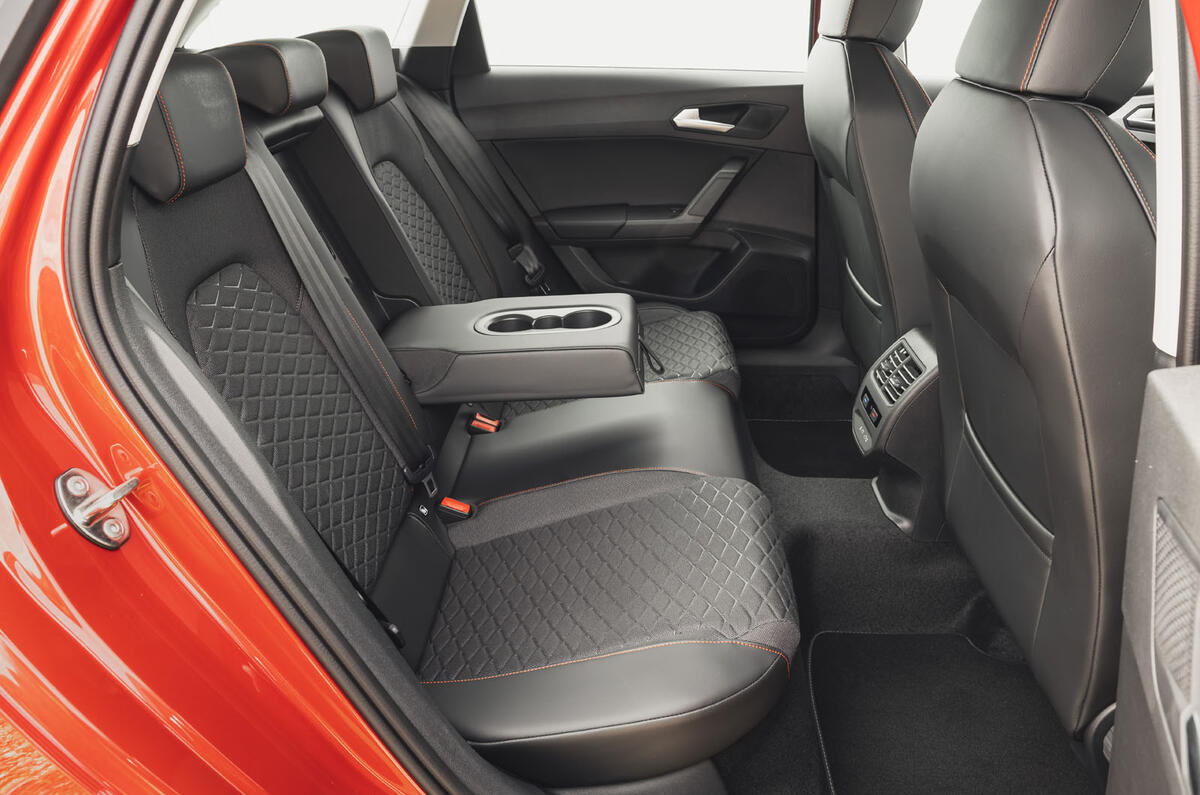








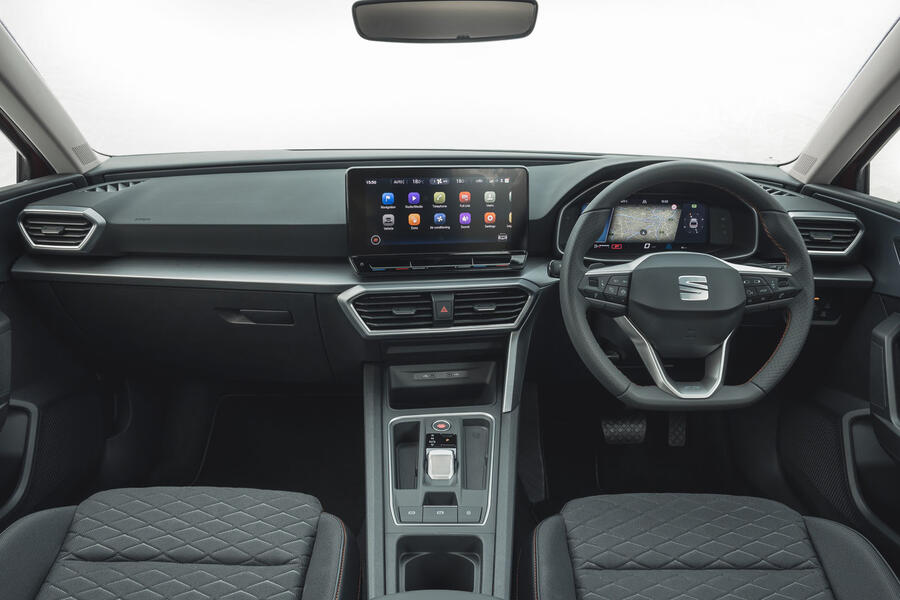
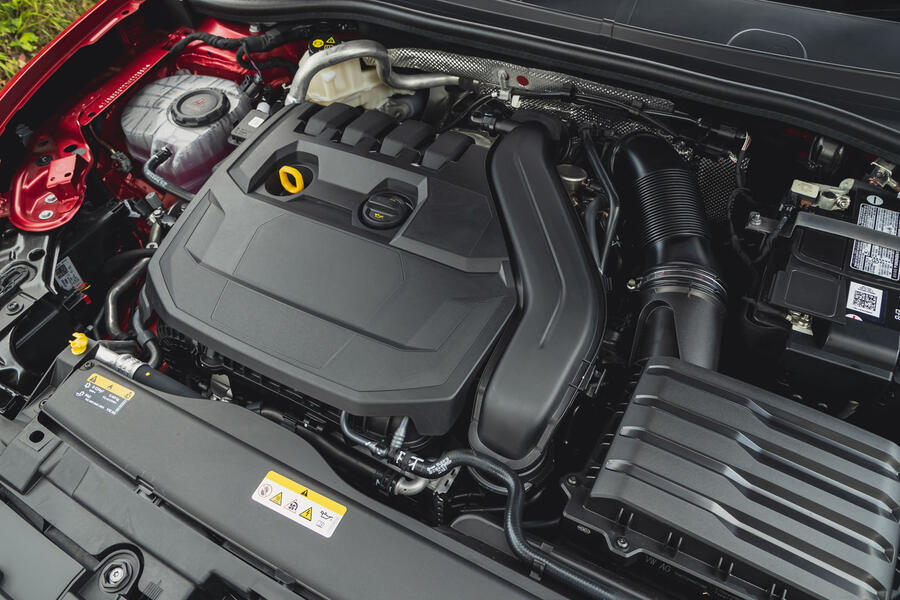
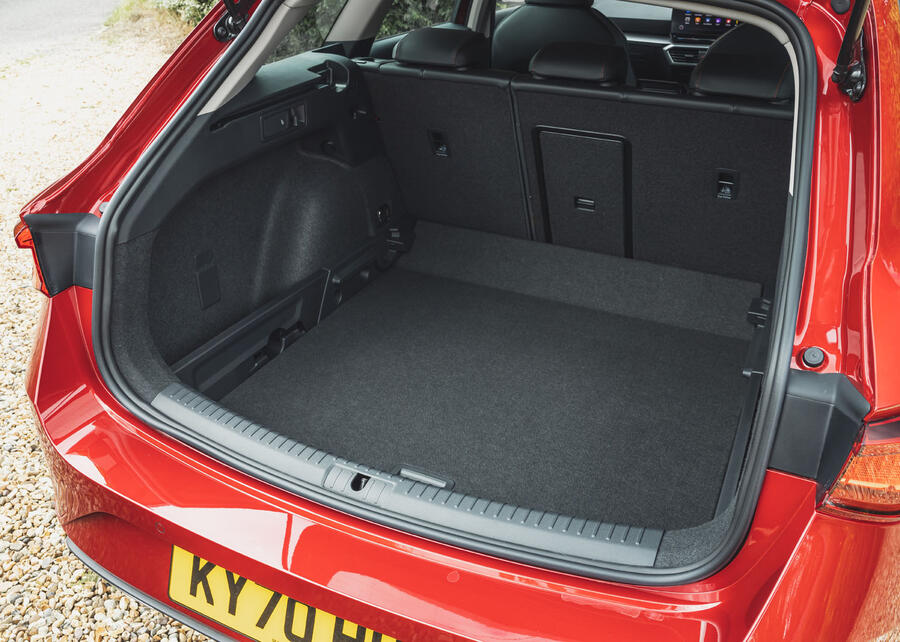


Join the debate
Add your comment
Surprised you forgot to mention which Korean car you refer to that would be a compeditor of the Leon estate? A 1L i30 tourer perhaps? It certainly pips the SEAT for blandness.